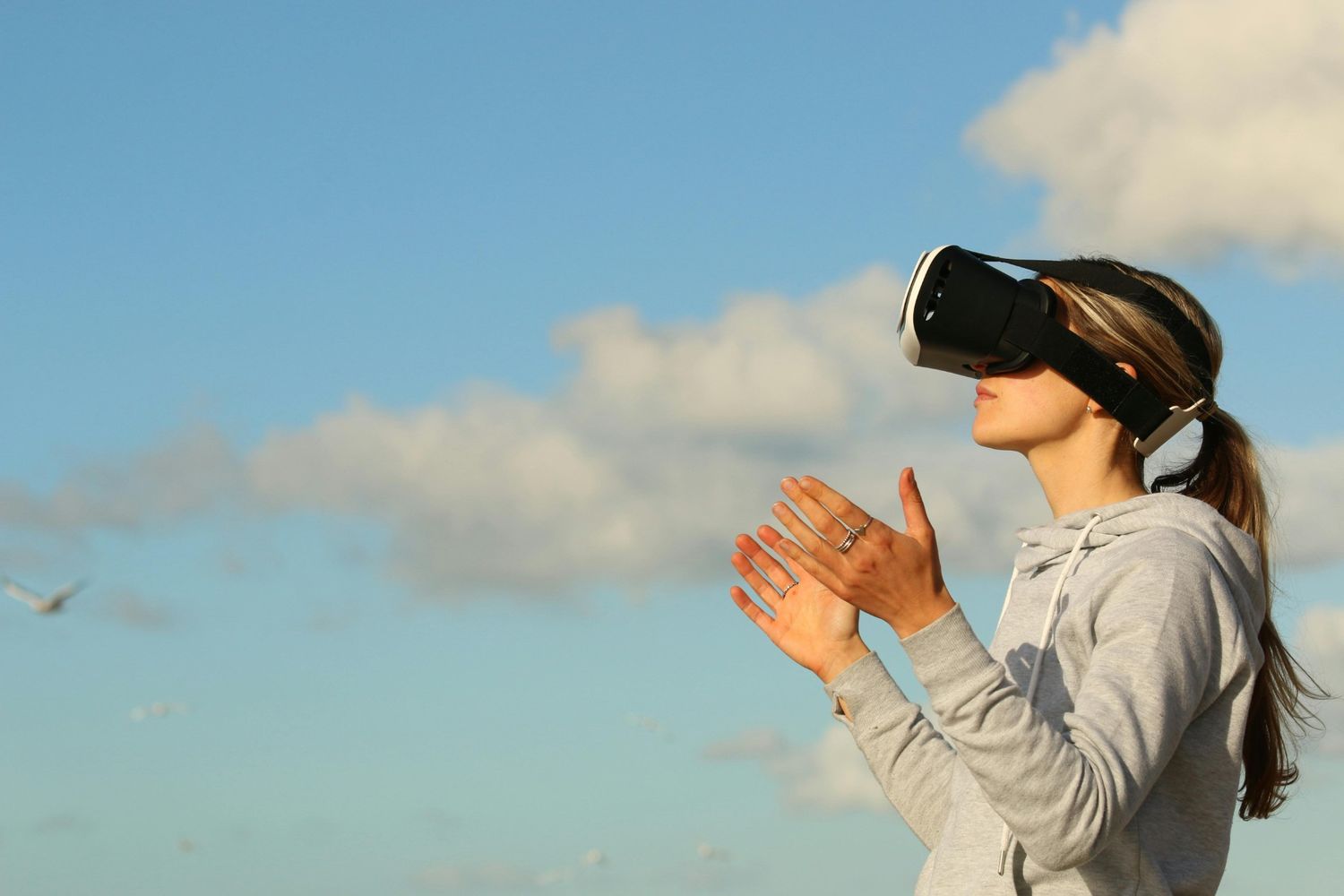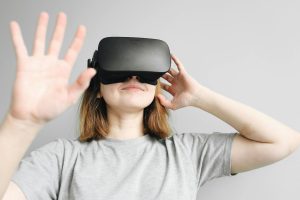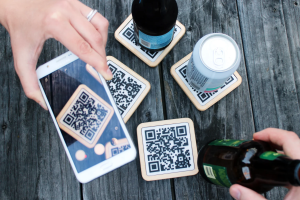The advertising world is constantly evolving, with technologies like augmented reality (AR) transforming how brands connect with consumers. In the realm of out-of-home (OOH) advertising, AR has brought campaigns to life, offering immersive and interactive experiences that captivate audiences. However, while the technology itself is impressive, it is essential to consider its psychological impact on consumers.
How does AR in public spaces influence consumer behavior, attention, and perception of brands? Does it have unintended consequences, such as sensory overload or desensitization? In this blog, we’ll explore the psychological effects of OOH augmented reality advertising and provide insights into how marketers can leverage this tool effectively.
The Rise of OOH Augmented Reality Advertising
Before diving into the psychology, let’s examine why OOH augmented reality advertising has gained traction. Traditional OOH advertising—billboards, transit ads, and posters—has always relied on high visibility and impactful messaging. AR takes this to the next level by making ads:
Interactive: Consumers can engage directly with the ad via smartphones or AR-enabled devices.
Immersive: AR transforms static visuals into dynamic, multi-sensory experiences.
Memorable: Engaging with an AR ad creates stronger brand recall compared to traditional methods.
From virtual fitting rooms projected in public to 3D animations that interact with passersby, AR has become a powerful tool to create memorable moments. But with great power comes great responsibility—understanding the psychological effects of AR is crucial to avoid potential pitfalls.
How OOH Augmented Reality Affects Consumer Attention
1. Increased Engagement
AR’s interactivity captures attention more effectively than traditional static ads. A well-executed AR campaign can:
Stop consumers in their tracks, inviting them to explore the ad further.
Create curiosity, prompting users to scan QR codes or download apps for deeper engagement.
Hold attention longer as users interact with the ad’s features.
2. Heightened Recall
When consumers actively engage with AR, they’re more likely to remember the brand and message. Studies show that interactive experiences boost memory retention, making AR an invaluable tool for top-of-mind awareness.
3. Selective Attention Challenges
However, the immersive nature of AR can also lead to selective attention issues. In environments with multiple AR ads competing for focus, consumers may struggle to process all the information. This phenomenon, often referred to as “attention fatigue,” highlights the importance of designing clear and concise AR experiences.
The Emotional Impact of OOH Augmented Reality
1. Creating Positive Emotional Connections
OOH augmented reality advertising has the power to evoke emotions, whether it’s excitement, joy, or amazement. For example:
A cosmetics brand using AR to let consumers try on makeup shades in real-time fosters a sense of personalization and fun.
An environmental campaign showcasing the effects of climate change through AR can evoke empathy and inspire action.
2. Risk of Overwhelm or Sensory Overload
While AR’s immersive nature is its strength, it can also overwhelm consumers, especially in high-traffic areas with multiple sensory inputs. Sensory overload can lead to:
Frustration, if users feel the AR experience is too complicated or intrusive.
Desensitization, where repeated exposure diminishes the impact of AR over time.
Marketers must strike a balance between creating engaging experiences and ensuring they are user-friendly and unobtrusive.
Consumer Perception of Brands Using AR in OOH Advertising
1. Innovation and Modernity
Brands leveraging OOH augmented reality are often perceived as forward-thinking and innovative. This perception can enhance brand reputation and attract tech-savvy audiences.
2. Authenticity Matters
While AR can enhance brand perception, poorly executed campaigns risk appearing gimmicky or insincere. For example, an AR ad with no real value or relevance to the target audience can backfire, damaging trust and credibility.
3. Empowering Consumer Choices
Interactive AR experiences that provide value—such as virtual product trials or personalized recommendations—empower consumers, fostering trust and loyalty.
The Unintended Psychological Consequences of AR in Public Spaces
1. Privacy Concerns
As AR becomes more integrated with data collection, consumers may feel uneasy about how their interactions are tracked and used. Transparency about data usage is essential to mitigate these concerns.
2. Addiction to Novelty
AR’s “wow factor” can create a dependency on novelty. If every campaign strives to outdo the last in terms of spectacle, it risks setting unsustainable expectations for consumers.
3. Desensitization to Traditional Ads
The immersive nature of AR may diminish the effectiveness of traditional static ads. As consumers grow accustomed to AR’s interactivity, non-interactive ads may struggle to capture their attention.
Best Practices for Leveraging OOH Augmented Reality Effectively
To maximize the benefits of OOH augmented reality while mitigating its psychological risks, marketers should:
1. Focus on User Experience (UX)
Keep AR experiences simple and intuitive.
Ensure the experience adds value rather than serving as a mere novelty.
2. Personalize Where Possible
Use data to tailor AR experiences to individual users or specific demographics.
For example, location-based AR ads can deliver relevant content based on the consumer’s context.
3. Respect Consumer Privacy
Be transparent about how data is collected and used.
Provide opt-in options for AR interactions.
4. Test and Optimize
Conduct A/B testing to determine which AR features resonate most with your audience.
Use analytics to measure engagement, dwell time, and conversion rates.
The Future of OOH Augmented Reality Advertising
The potential of OOH augmented reality advertising is vast, but it must be approached thoughtfully. As AR technology advances, brands will have even more opportunities to create immersive and meaningful campaigns. However, balancing innovation with a deep understanding of consumer psychology will be key to ensuring these campaigns are both effective and ethical.








